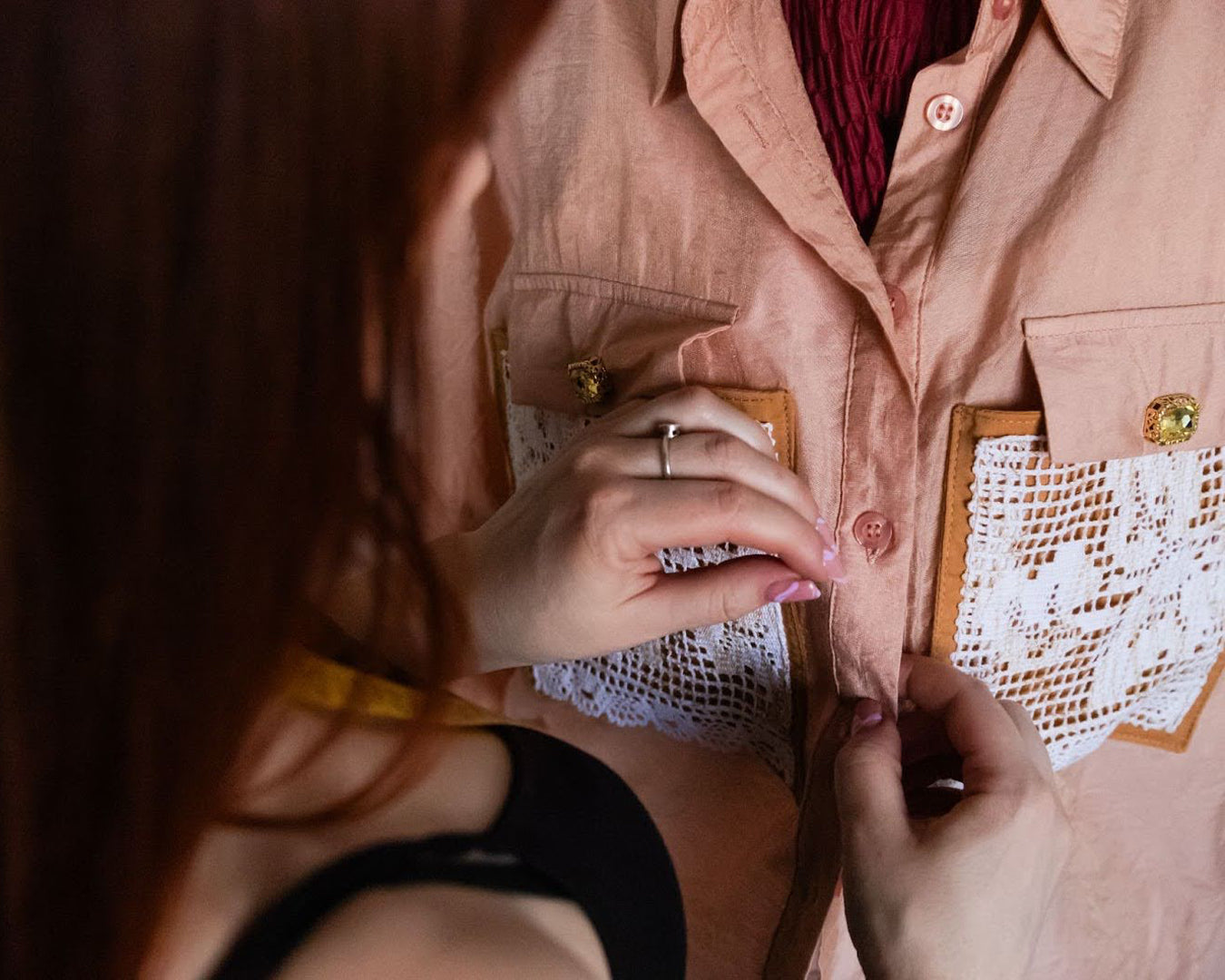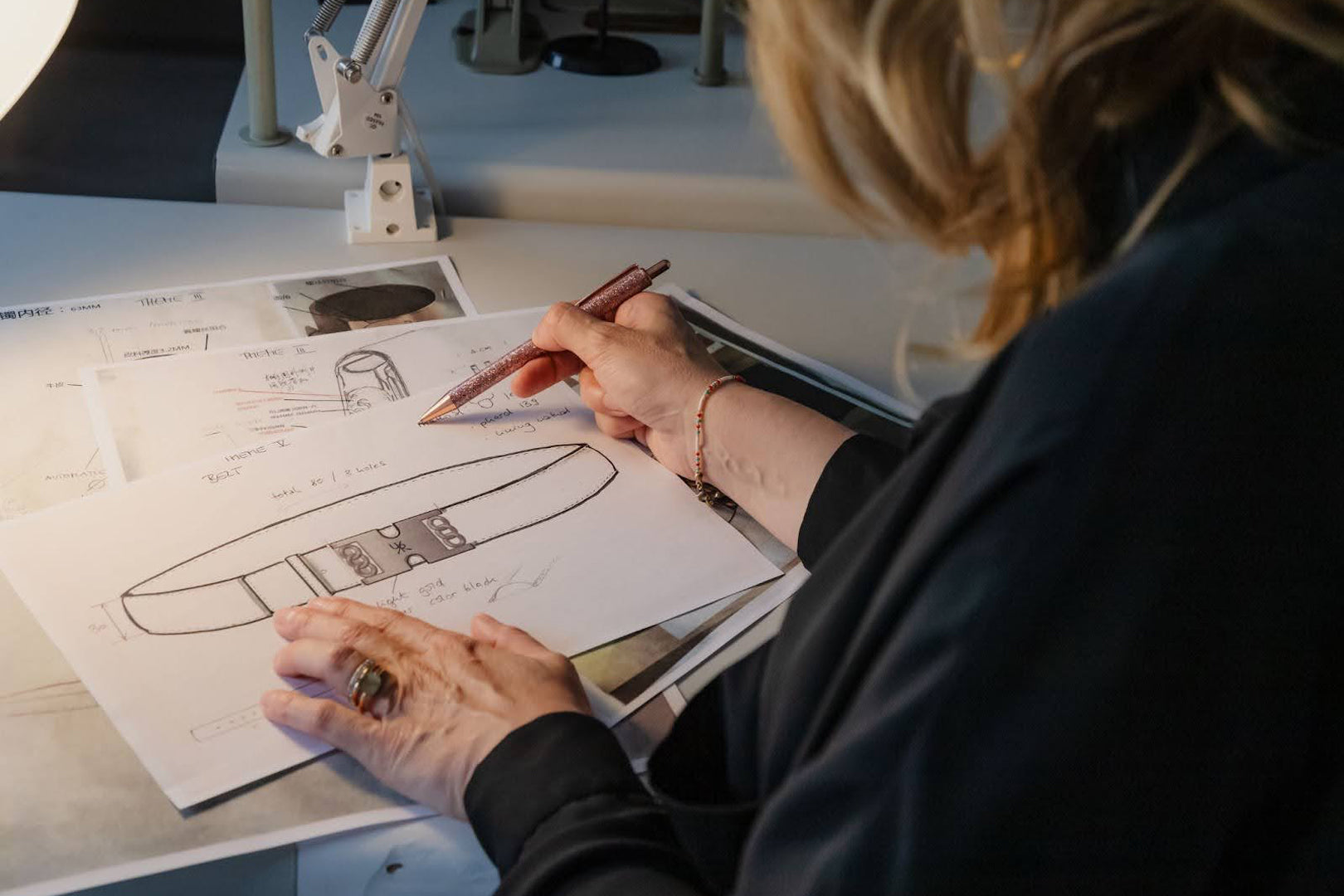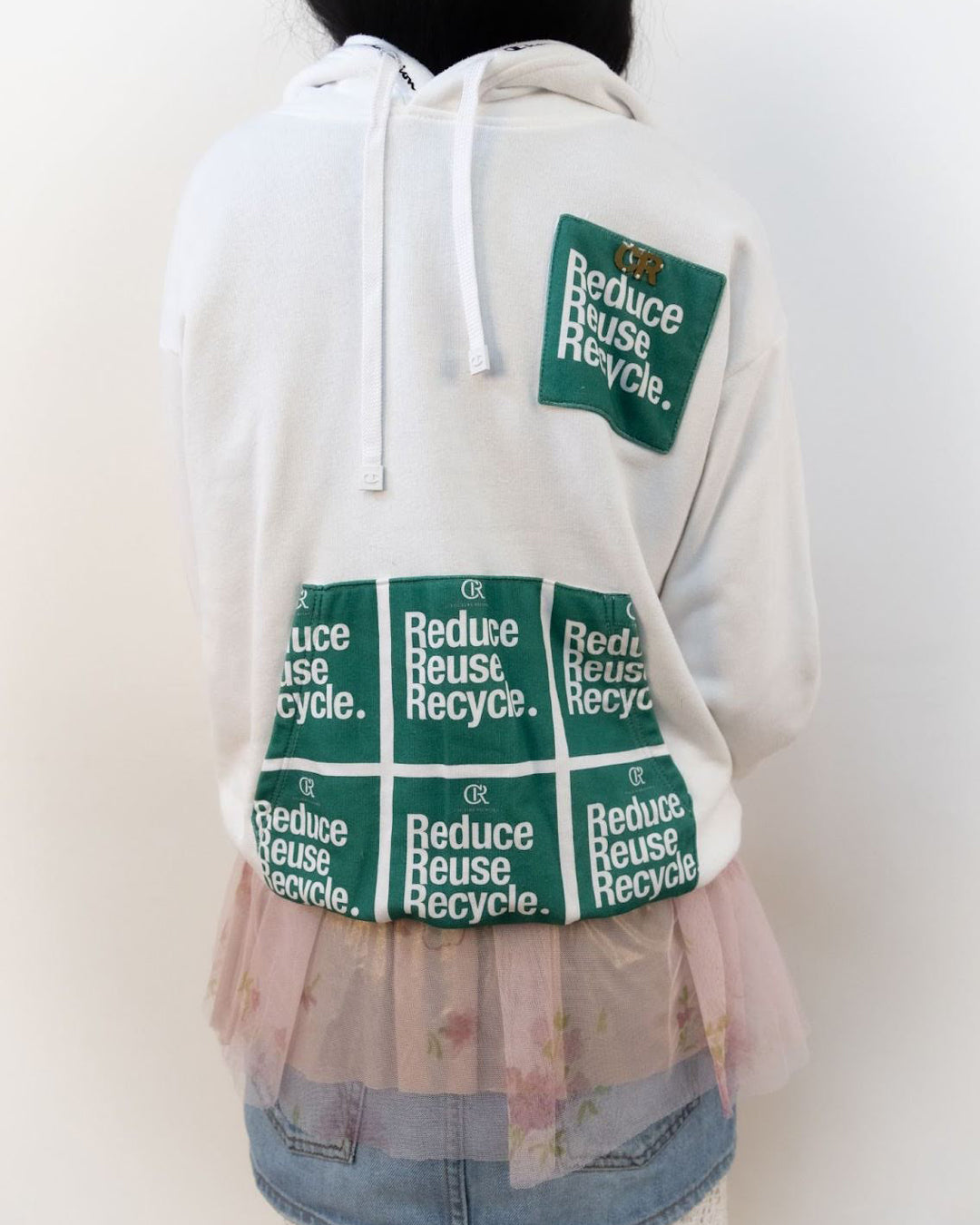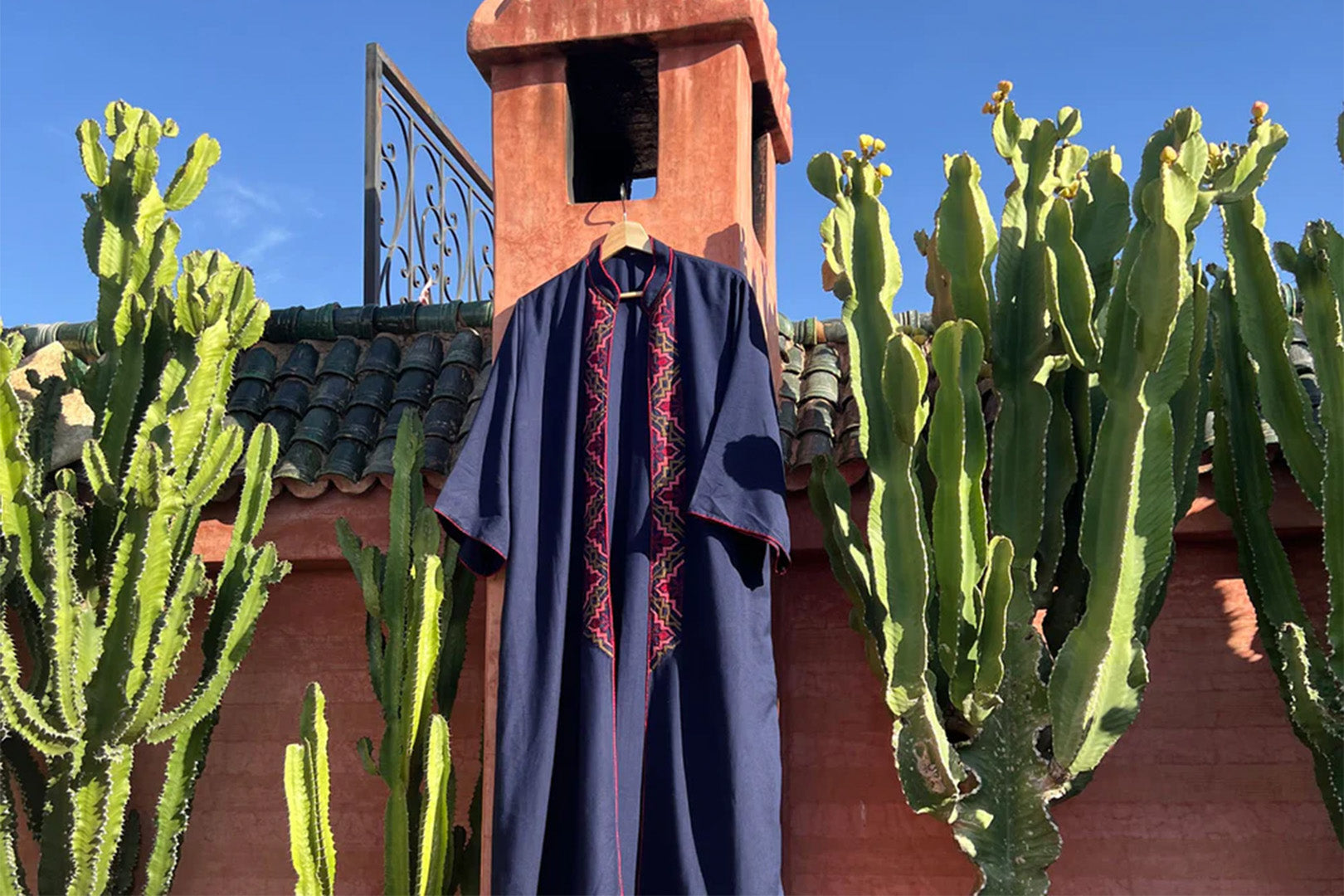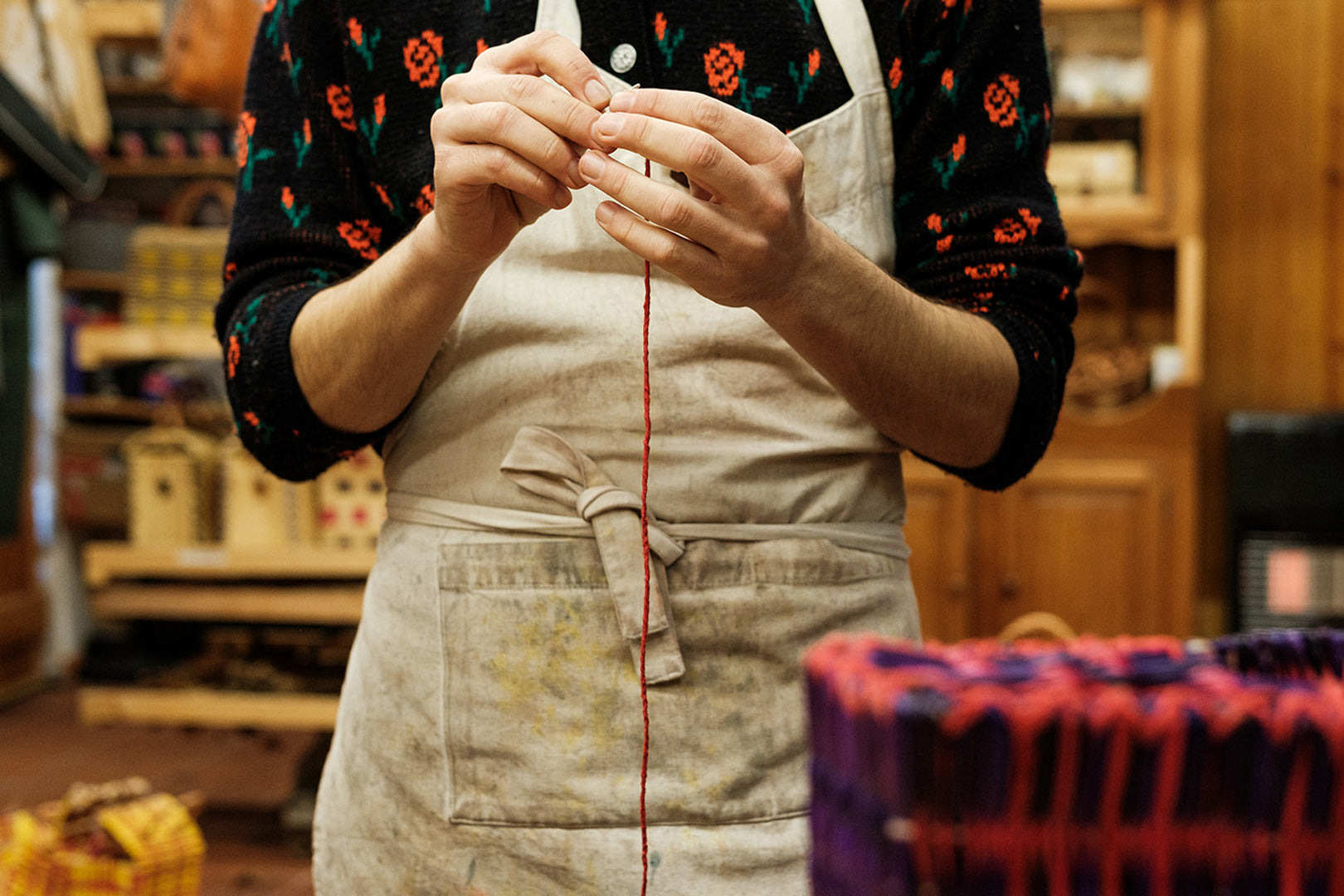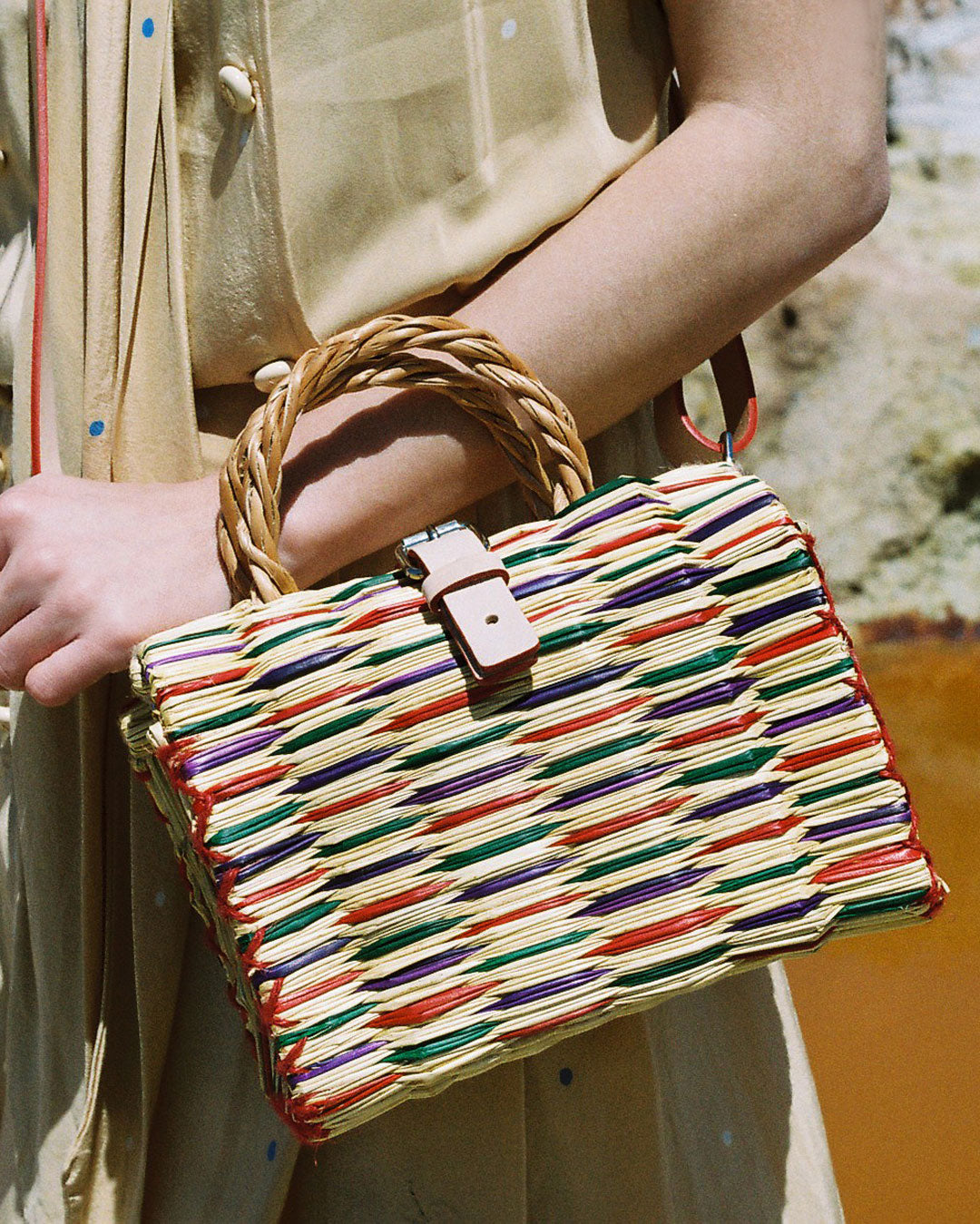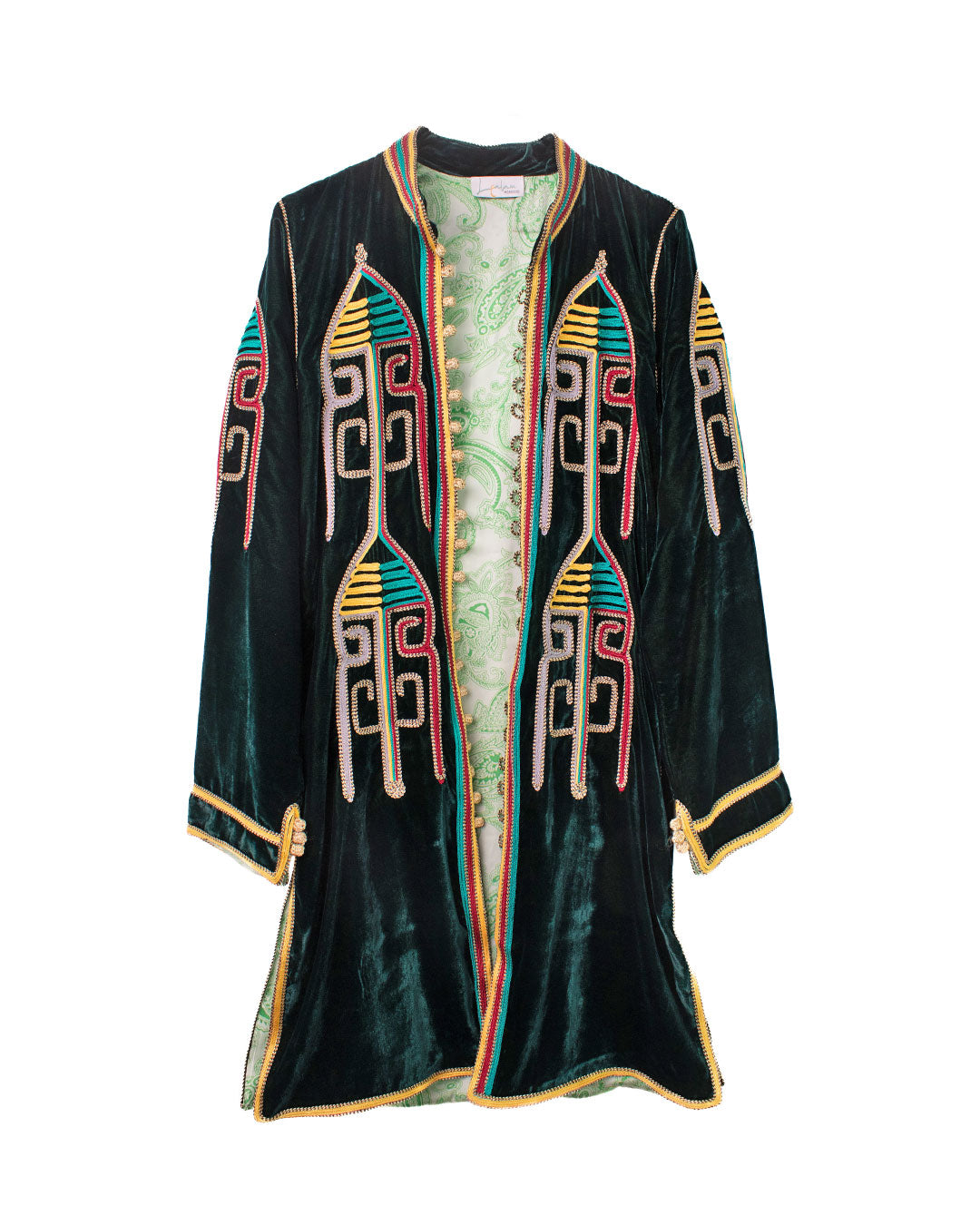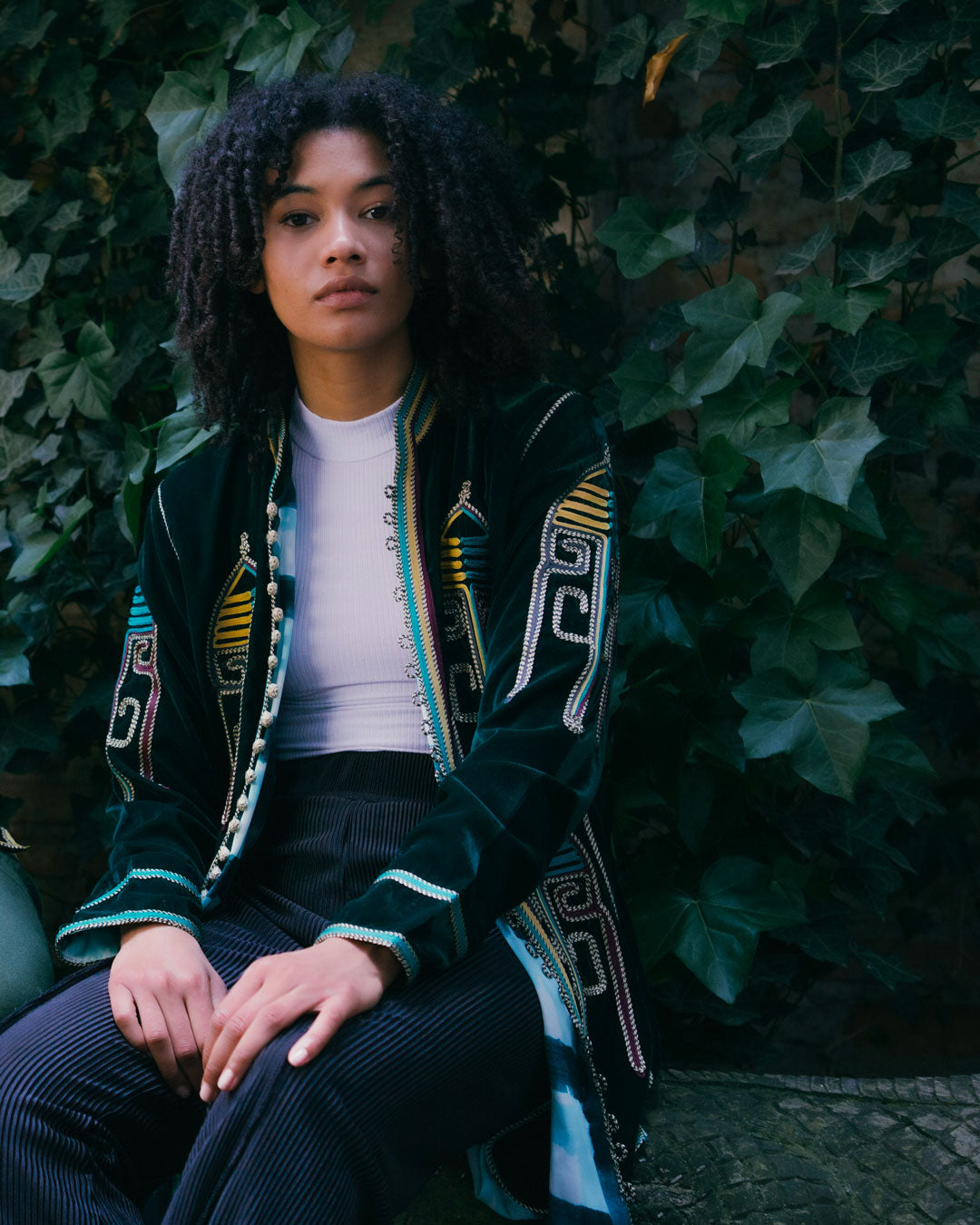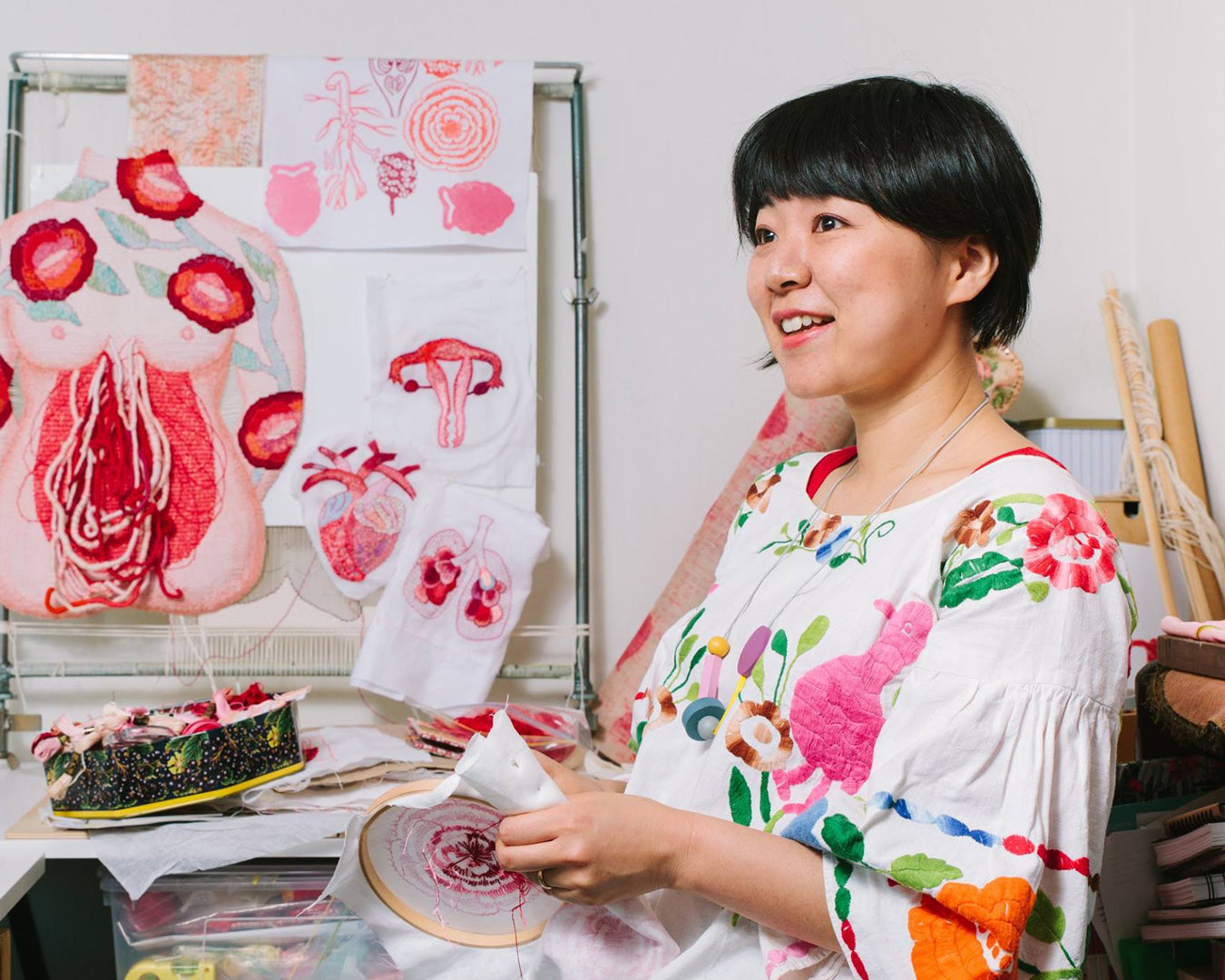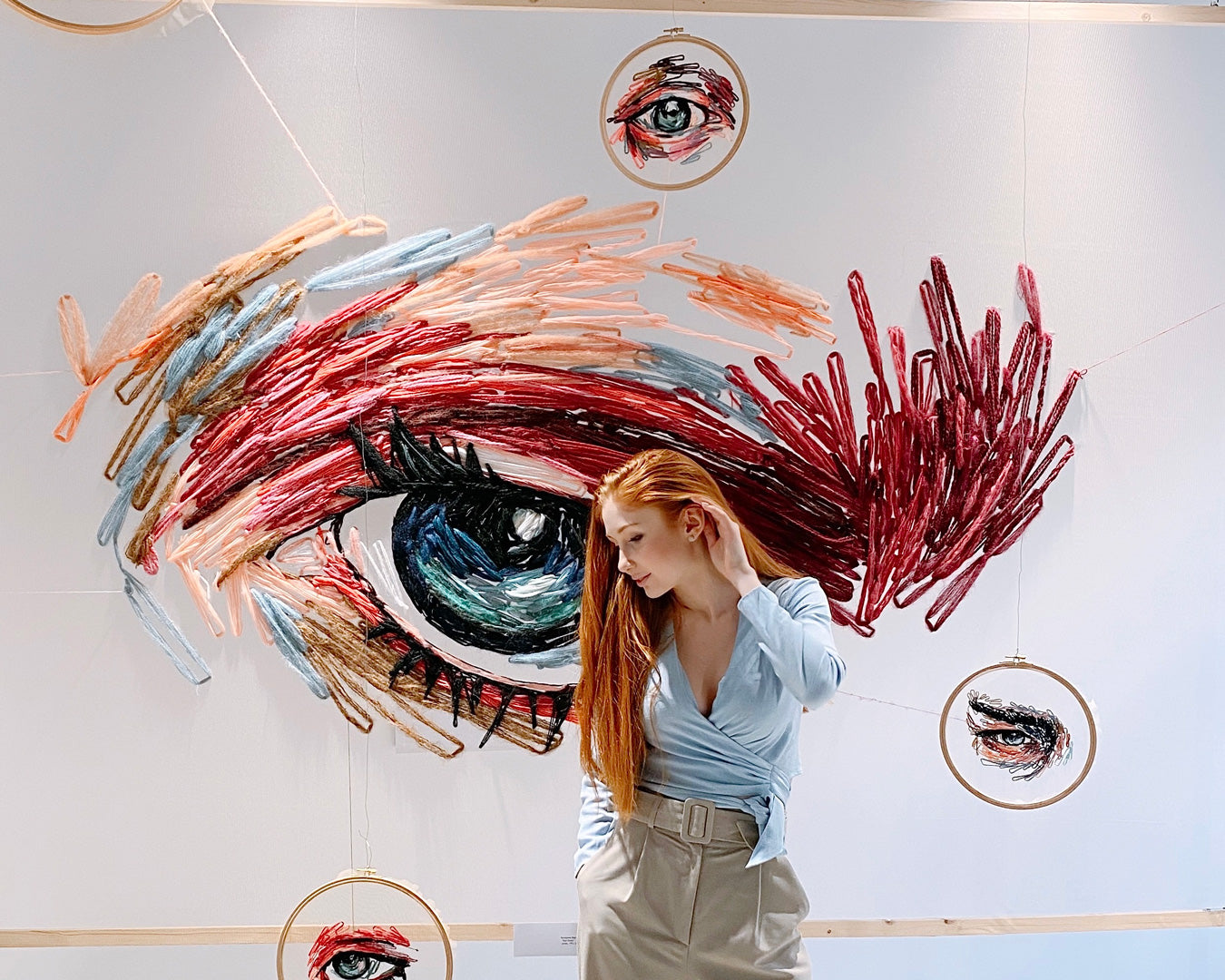The changing of awareness in fashion
In a world where fashion and glamour often overshadow the importance of sustainability, it's surprising and encouraging to see how the concept of sustainable fashion is increasingly making its way. The sustainable fashion market, though representing only 0.33% of the global fashion industry, is worth over $6.35 billion.
But what does "sustainable fashion" really mean?
We often hear this term, but rarely stop to reflect on its true meaning. Sustainable fashion, also known as “Green Fashion”, is not just a trend; it's a movement that seeks to reduce the environmental footprint of the fashion industry, revolutionizing the way clothing is produced and consumed.
In an industry known to be the second most polluting in the world, sustainable fashion proposes itself as a beacon of hope, a lighthouse of change.
But the reality can sometimes be hard to face.
The fashion industry is responsible for about 4% of global greenhouse gas emissions. More than the combined emissions of shipping and international flights. And it doesn't end there: 20% of global water pollution comes from the treatment and dyeing of textiles.
In this context, it's crucial to understand the importance and urgency of switching to more sustainable practices.
Fortunately, the change is already underway. Consumers are becoming increasingly aware and demanding regarding the sustainability of the products they purchase. This shift in mindset is pushing the industry toward a greener and more conscious direction.
The Rise of Eco-Conscious Consumerism
A transforming industry
The fashion industry, with its insatiable thirst for new trends and styles, contributes enormously to the global ecological footprint. But here's the twist: the modern consumer is opening their eyes. No longer just passive spectators, but conscious actors demanding transparency, ethics, and sustainability.
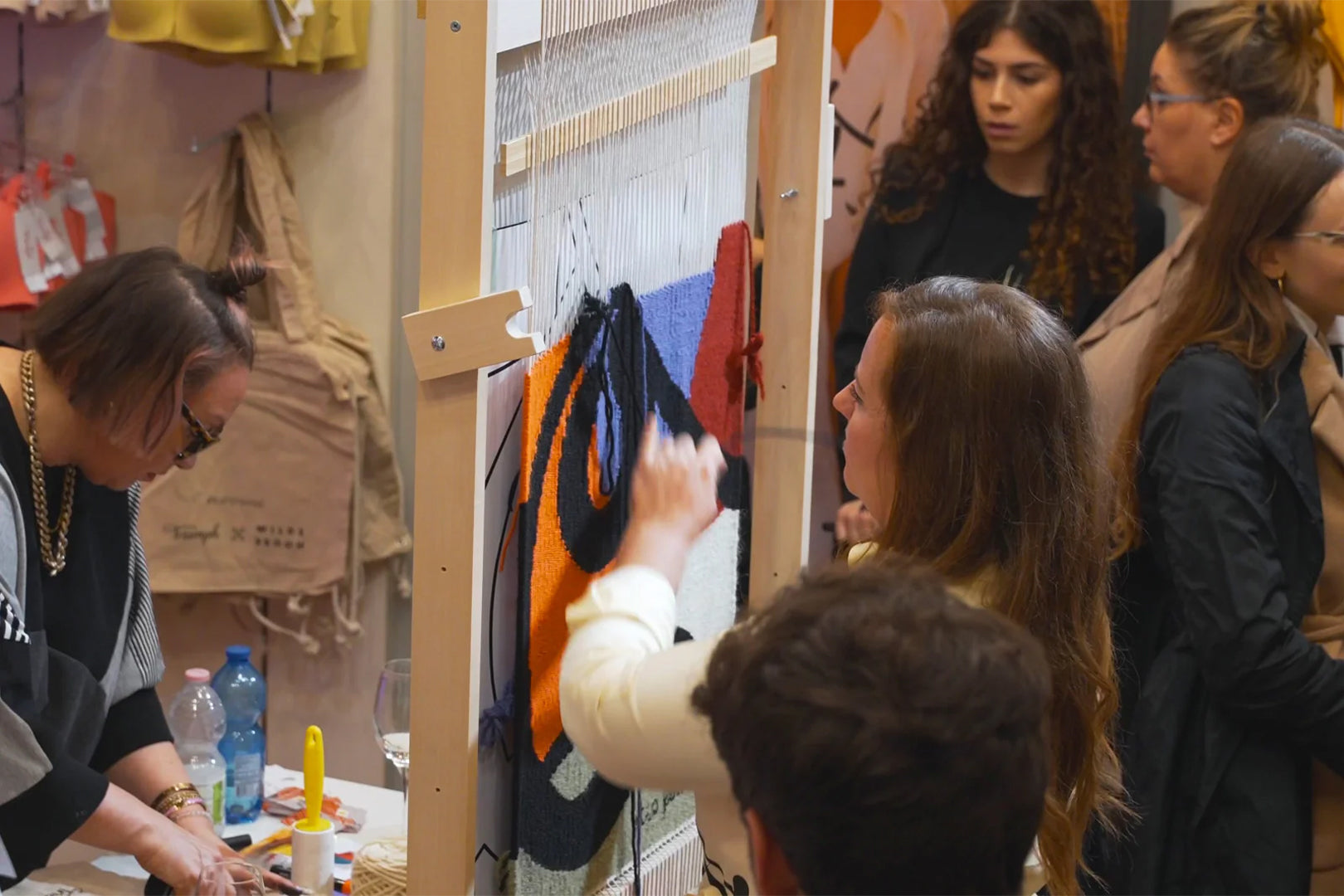
This is why sustainable fashion is no longer an exception but is becoming the norm. We are witnessing a growing demand for ethically and sustainably produced clothes. 73% of Millennials, in fact, state that they are willing to spend more on sustainable brands. And that's not all. According to research, an impressive 86% of American consumers express interest in sustainable products, a sign of a radical change in consumer mindset.
 |
But what still blocks the complete embrace of sustainable fashion?
The journey towards a fully sustainable wardrobe is still hindered by challenges. About 48% of consumers do not know where to find sustainable clothing, and here lies the paradox. We want to make the right choice, but often we don't know how or where.
What can we do to make a more sustainable wardrobe?
Embrace Quality Over Quantity: Opt for high-quality, durable pieces that withstand the test of time, reducing the need for frequent replacements.
Support Ethical Brands: Patronize brands committed to sustainable practices, ensuring your purchases contribute to positive environmental and social impact.
Educate Yourself: Increase your awareness of sustainable fashion by researching brands' sourcing, production processes, and ethical standards.
Repurpose and Recycle: Engage in clothing swaps, donate unused items, and explore upcycling to extend the lifecycle of your garments.
Choose Eco-Friendly Materials: Prioritize clothing made from sustainable materials like organic cotton, bamboo, and recycled fabrics.
Minimize Fast Fashion Consumption: Reduce reliance on fast fashion by curating a timeless wardrobe that transcends seasonal trends.
Care for Your Clothes: Adopt eco-friendly laundry practices to prolong the lifespan of your clothing, such as cold washing, air drying, and gentle detergents.
By adopting these strategies, individuals can significantly contribute to reducing the environmental impact of their wardrobe. Each sustainable choice is a step towards a greener, more ethical fashion industry.
Remember: every piece of clothing we choose is a declaration of the values we support.



